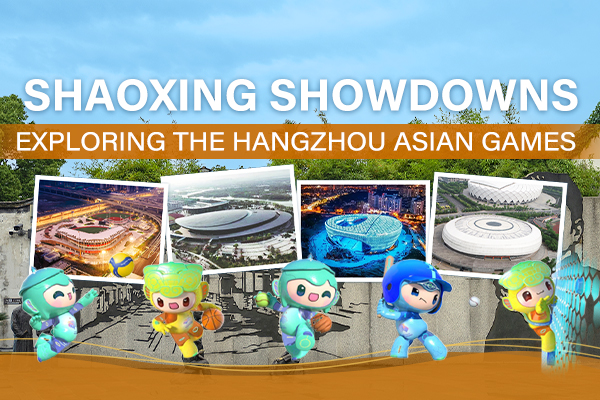Lunar treats light up festivities

Families across China prepare traditional yuanxiao delicacies that resemble a miniature full moon during Lantern Festival. [Photo provided to China Daily]
Despite China's rapid development in the past few decades, customs and traditions continue to play a major role in people's lives.
Lantern Festival, which falls on Feb 15 this year, is one such event. Celebrated on the 15th day of the first month of the Chinese lunar calendar, when a full moon appears in the night sky, it symbolizes unity and perfection.
An important part of Spring Festival, it marks the official end to the major holiday.
The dish of the day focuses on a small delicacy called yuanxiao, named after the festival itself. In South China, the delicacy is known as tangyuan. Families across China prepare the traditional treat to resemble a miniature full moon.
The glutinous rice balls are made using various techniques and have different characteristics in northern and southern China.
Yuanxiao production involves balls of flavored fillings tossed onto a tray of damp rice flour. The tray is rhythmically rolled until the fillings are coated in a layer of rice flour. The round treats are then boiled in water.
Tangyuan is made by mixing fine glutinous rice powder with water to form a dough, which is then molded around fillings such as red bean paste, sesame paste and crushed peanuts. They are cooked in sweet soups, sometimes scented with osmanthus flowers or flavored with sweet rice wine.
Lantern Festival has been around since the Han Dynasty (206 BC-AD 220) and is part of a Taoist tradition of three important date— shangyuan, zhongyuan and xiayuan — spaced throughout the year.
It was initially a tribute to the ancient god of light, but became incorporated into the Lunar New Year celebrations. Its exact historical origins are now lost in the mists of time.
In ancient China, women rarely had the chance to go outside to meet people.
But Lantern Festival was an exception. On the special day, young women were allowed to go outdoors at night to see the lantern displays, offering them an opportunity to meet young men.
The lanterns were not just decorative. They had riddles written on the sides or hanging from tassels. These are called caidengmi (guessing lantern riddles).
Cultural parades featuring folk dances, stilt walkers, costumed opera characters and choirs add to the festive air. This is also the last day of Lunar New Year temple fairs, traditional events for revelers. For many families, after Lantern Festival, members once again return to the cities for work.
Celebrations vary from place to place, but eating glutinous rice balls is common across the country with the tradition firmly passed down through generations.


 Zhejiang Resilient in Global Markets
Zhejiang Resilient in Global Markets Connecting Global Perspectives, Focusing on Zhejiang's Practices
Connecting Global Perspectives, Focusing on Zhejiang's Practices Shaoxing Showdowns
Shaoxing Showdowns